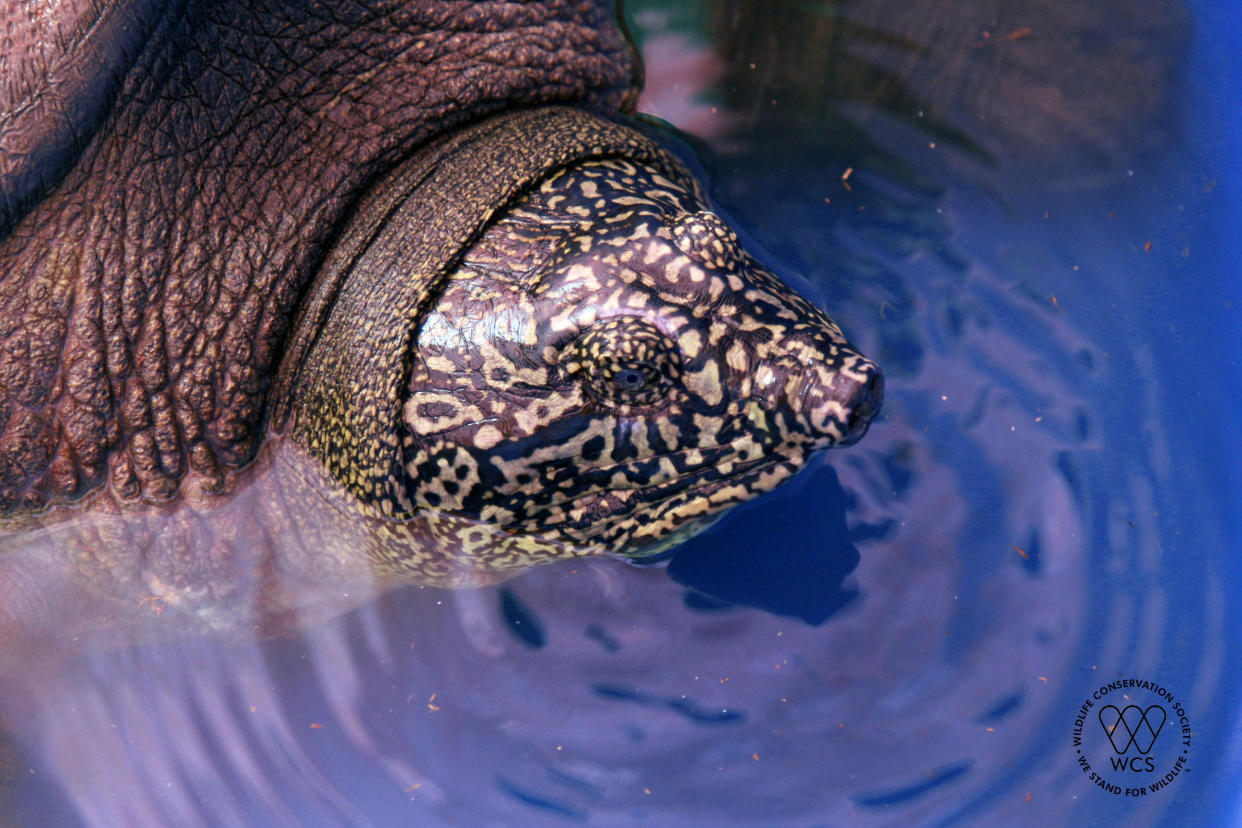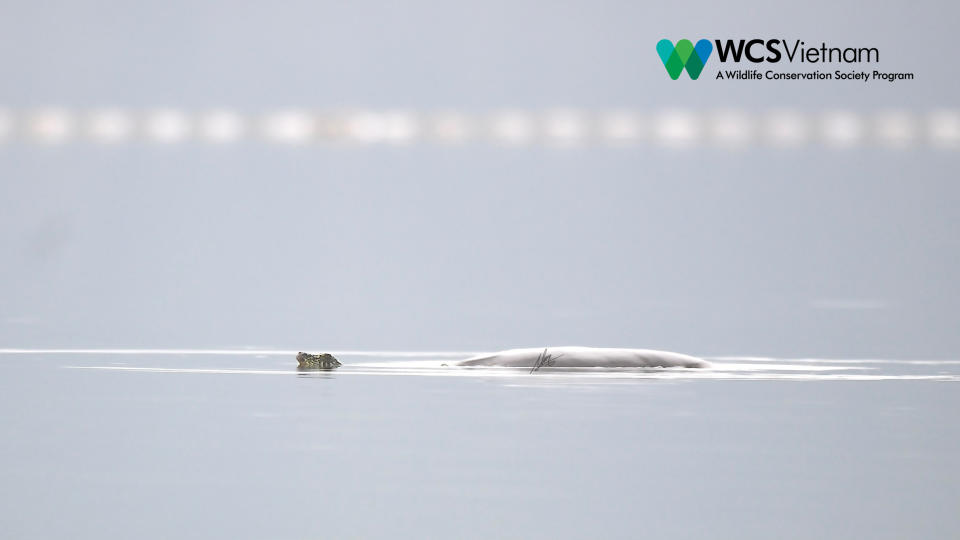Largest freshwater turtle species doomed to extinction after last female washes up dead


The Yangtze giant softshell turtle (Rafetus swinhoei), the world's largest freshwater turtle and one of the most endangered species on Earth, is now essentially doomed to extinction after the last known remaining female washed up dead in Vietnam.
The female turtle, which was around 5 feet (1.5 meters) long and weighed 205 pounds (93 kilograms), was discovered dead on April 21 on the shores of Dong Mo Lake, in Hanoi's Son Tay district. The turtle likely died several days earlier, but the cause of death is still unknown, Vietnamese news site VNExpress reported.
This particular female Yangtze giant softshell turtle was just discovered in October 2020. At the time, no other female Yangtze giant softshell turtles were known to exist; the last known female of the species had died after a failed attempt at artificial insemination at Suzhou Zoo in China in April 2019.
When the dead turtle was discovered last month, conservationists had hoped that it belonged to another unknown female, and that the known female might still be alive in the lake. But experts have now confirmed this is not the case.
"It is the same individual that we've been monitoring in recent years," Tim McCormack, director of the Asian Turtle Program for Indo-Myanmar Conservation, told TIME magazine. "It's a real blow."
Related: Most of Florida's newly-hatched sea turtles are female. Why?

There are now just two known R. swinhoei males left in existence: one in Suzhou Zoo and another that still resides in Dong Mo Lake.
Researchers had hoped that the female and male in Dong Mo Lake would eventually mate and produce a clutch of eggs. Based on its size, the female was likely several decades old, meaning it was probably sexually mature.
"It was a large female that obviously has great reproductive capacity," McCormack said. "She could have potentially laid a hundred eggs or more a year." However, the pair never mated, even though researchers built an artificial nesting beach at the lake for the female to lay her eggs if she ever needed it.
RELATED STORIES
—Rare conjoined turtles hatched in Massachusetts
—Can turtles really breathe through their butts?
—Titanic 12-foot turtle cruised the ocean 80 million years ago, newfound fossils show
Yangtze giant softshell turtles, also known as Hoan Kiem turtles and Swinhoe's softshell turtles, were once abundant throughout the Yangtze River in China and the surrounding freshwater ecosystems, like Dong Mo Lake. However, historically, humans hunted the turtles for their meat, and they have lost most of their natural habitat, according to the Asian Turtle Program.
There is a chance that other males and females may be found in the future. After all, this female did evade detection for years. But if another female cannot be found in the wild, R. swinhoei will eventually become the latest name on a growing list of species that have been wiped out by humans.

